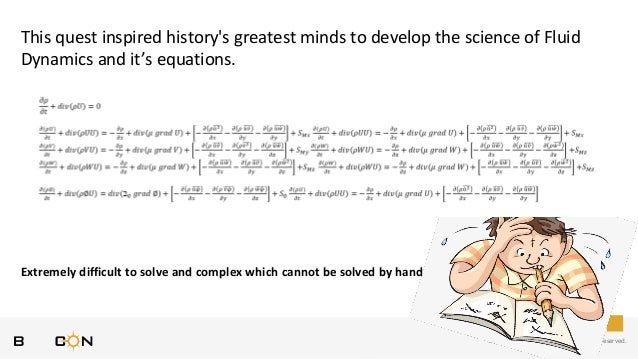History Of Concurrent Engineering
The concurrent engineering design process was developed to ameliorate the problems associated with the over the wall design process. In short the over-the-wall design process consisted of different departments in a company working on designs in isloation and then Throwing the project over the wall to the next department. The complaints about the over-the-wall design systems are discussed below. The products took too long to get to the market. Because many products has to be sent back to previous departments for rework, the length of time for a product to get through the system to market was long. Often competitive products would be the first on the market and take the majority of the profits.
Advantages Of Concurrent Engineering
The products produced by the over-the-wall method cost too much. The root cause of this problem could be traced back to the fact that manufacturing engineers were not consulted about the design until the design engineers had finished the design. Often the manufacturing engineers requests for design changes to make the design easier and cheaper caused delays while the design engineers considered the impact of the requested design changes. Figure one shows that early design decisions have much greater impact on the final cost of a product than do decisions made later in the design process. For instance a car manufacturer’s decision about what type of drive train to use is made early in the design process and has a huge impact on the cost of a car.
Should the car be powered by a gas engine, diesel engine, electric motor, a hybrid system or a fuel cell? Whereas, the plastic slected to manufacture an interior trim piece has a much more limited impact on the cost of a car and is made much later in the design process. The cost impact of making a design decision as a function of the stage in the deisgn process. The products did not meet the needs of the customers. After marketing had identified the need and passed it to the research engineers to investigate the possible technologies, the marketing people were not consulted. Often the needs of the customer were lost in the process and the back and forth between the departments.

Therefore the final product did not meet the needs of the customer. The Tenets of Concurrent Engineering All Stakeholders represented on the design team. From the beginning of the product development effort until the product goes to the customer all stakeholders are represented on the design team. Example of stakeholders include; • Marketing • Sales • Finance • Research • Design • Manufacturing • Service • Suppliers of key components Problems are identified and solved as early as possible in the design process.
More particularly, it prepares prospective anthropologists, as well as readers interested in human cultures for understanding basic theoretical and methodological ethnographic principles and pursuing further what has been known as cultural anthropological perspectives. Important Notice: Media content referenced within the product description or the product text may not be available in the ebook version. Throughout this highly acclaimed work, Peoples and Bailey explore the diversity of humanity and clearly demonstrate why an appreciation and tolerance of cultural differences is critical today. Cultural anthropology textbook. Author by: C. Nadia Seremetakis Language: en Publisher by: Cambridge Scholars Publishing Format Available: PDF, ePub, Mobi Total Read: 86 Total Download: 820 File Size: 46,9 Mb Description: This book engages young scholars, teachers and students in a critical dialogue with past and present directions in cultural-historical studies.